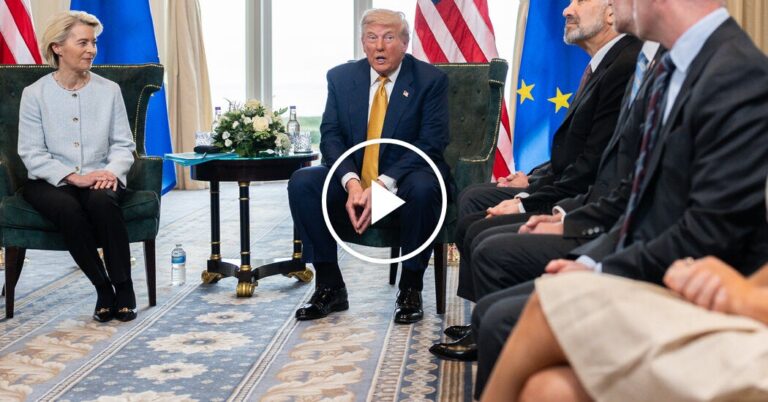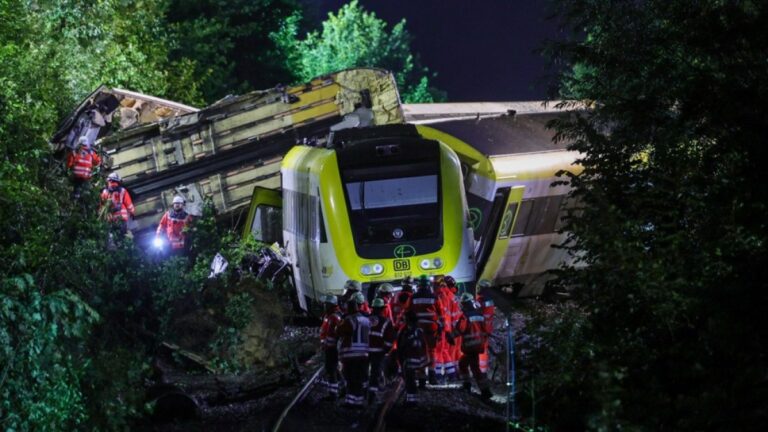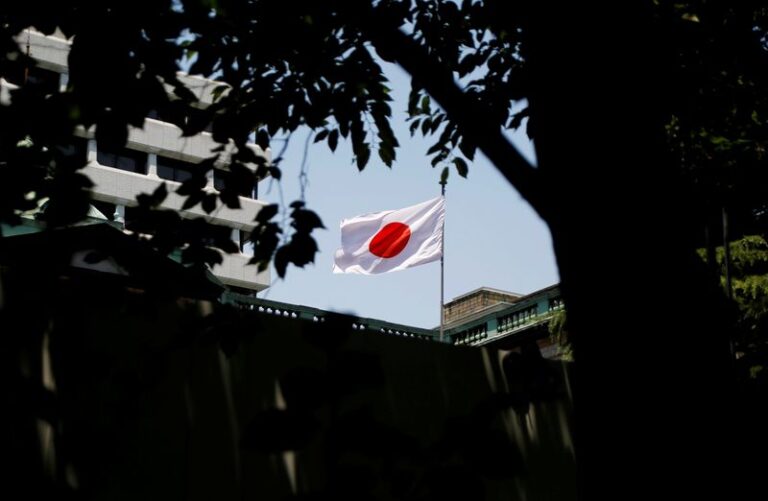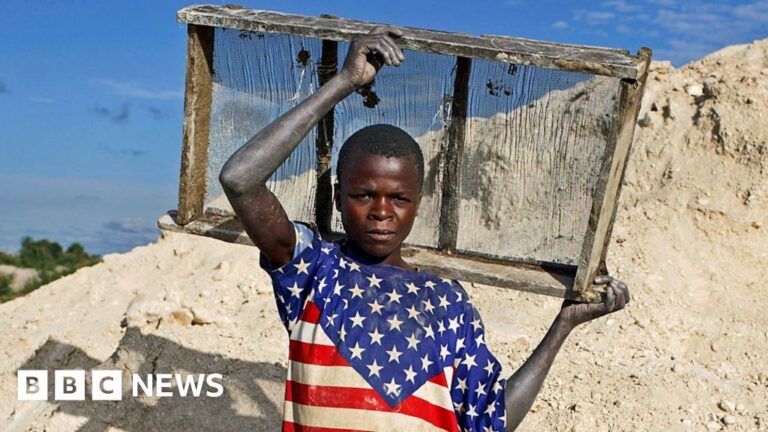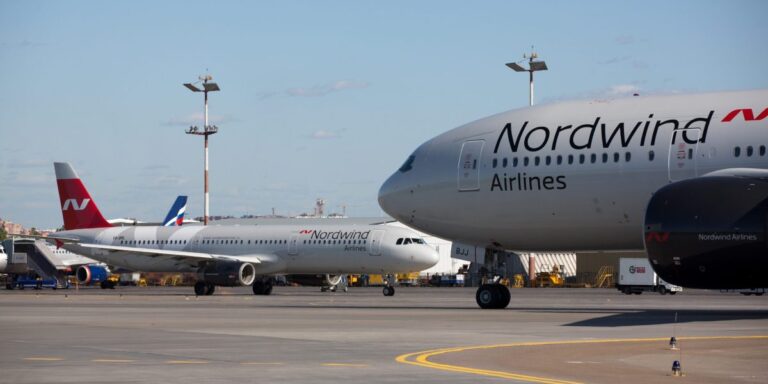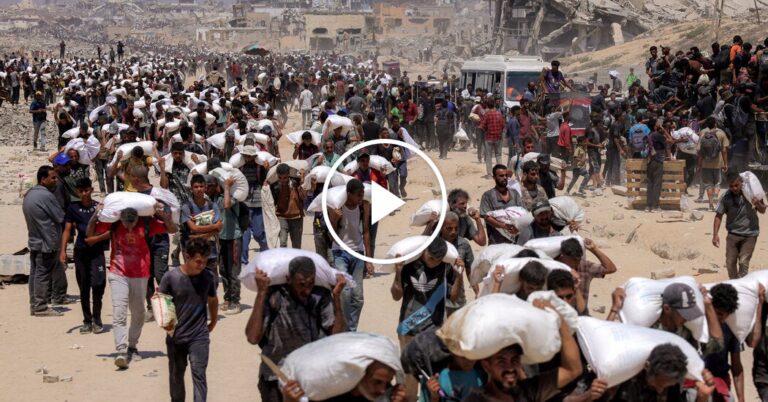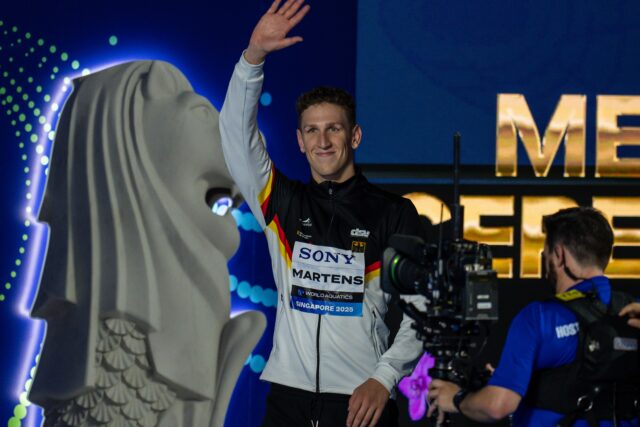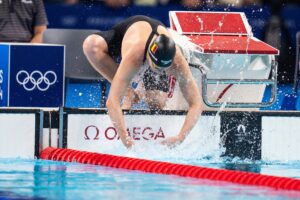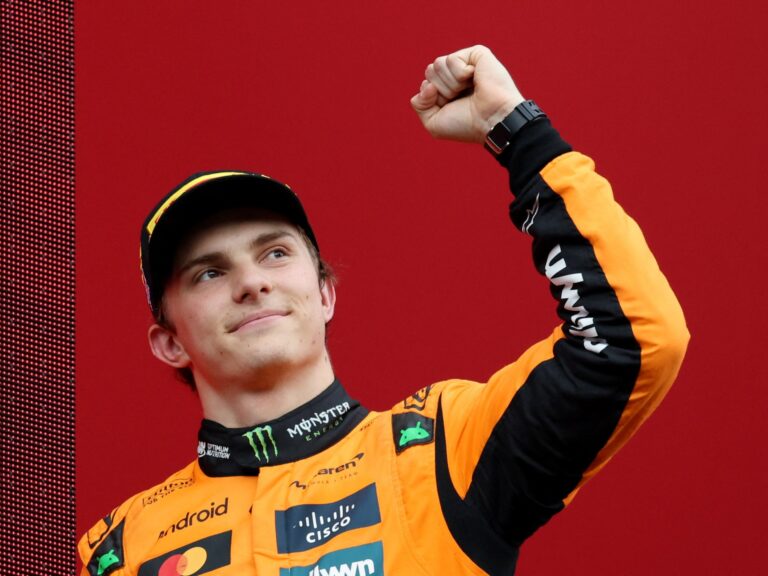By Sophie Kaufman on SwimSwam

2025 World Championships
Since he broke onto the senior international stage in 2022, Lukas Märtens has accomplished a lot. During the back half of the previous Olympic cycle, the rangy freestyler from Germany turned himself into a medal threat from the 200-meter to 800-meter freestyle.
Last summer, he achieved the goal that every swimmer dreams about and became the Olympic champion in the 400m freestyle. It was his second major accolade of the summer in the event as he claimed the 2024 European title shortly before the Games, scaring the world record. This year, there was no more scaring the long-standing record. He took down his countrymate Paul Biedermann’s historic super-suited record in the 400m freestyle. His time of 3:39.96 from the Malmsten Open in April made him the first man in event history to break 3:40.
There was still one title that eluded him though—world champion.
Märtens acknowledged after the race that “there was a lot of pressure” coming into the race as the Olympic champion and world record holder. He managed that pressure well though, and checked off the outstanding box on the checklist during the opening night of the 2025 World Championships. He took the race out hard, like he did when he set the world record, opening in 1:48.34. Despite his opening speed, he had not gotten rid of Sam Short, the 2023 world champion in this race. Short took over the lead at the 250-meter mark and continued to lead through the final turn, six-hundredths ahead of Märtens.
Märtens fought back on the final 50 meters, out-splitting Short 28.03 to 28.11 and hitting the wall first in 3:42.35. Fans may be sad to not see either Märtens or Short mount a serious challenge to the world record but as Märtens has reminded people before, on swimming’s biggest stages, getting your hand on the wall first is more important than the time.
“It was not easy to fight these guys,” Märtens said after the race. “But I tried my best, I have out everything, and I’m really happy and proud to be a world champion. Now Germany has a new world champion, and that’s not usual I think. [I am] really proud.”
It was an evening of firsts for the 400m freestyle champions. On the women’s side, Summer McIntosh won her first long-course world title in the event this evening after holding the world record at two separate times.
The German team has often found success on the first day of the meet, though it has sometimes been a challenge for them to sustain that success.
But there is a new energy surrounding the team, powered by a strong group of mid- and distance freestylers that includes medal threats in the men’s and women’s events. The German team put two swimmers into both the women’s and men’s 400m freestyle final. Oliver Klemet finished 8th in the men’s 400m final, while Isabel Gose and Maya Werner finished 5th and 8th, respectively.
“We took a big step forward—the whole team, all the girls and guys,” Märtens said. “We are a really young team, and there is a lot to come. Now, I’m one of the older guys and I’m 23. So that means a lot, and I’m really proud to be a part of the German team.”
With several days until the next mid- or distance freestyle event, the attention turns to Angelina Kohler, Luca Armbruster, and Lucas Matzerath. The three advanced to finals in their respective events and will look to add to Germany’s hardware tomorrow evening.
Quick Hits
Italy Joins Elite Sub-3:10 Club In Men’s 4×100 Free Relay
The Italian men became just the fifth country to break 3:10 in the 4x100m freestyle relay during the event final in Singapore. Carlos D’Ambrosio (47.78) got the squad started with a 47.78. He handed things over to Thomas Ceccon, who swam 47.10, the fastest split on the relay. The Italians were running third at the halfway point, but Lorenzo Zazzeri (47.36) pulled them into second with 100 meters to go.
Though Kyle Chalmers went by, Manuel Frigo’s 47.34 anchor kept the Italians in second when he hit the wall, stopping the clock at 3:09.58. The silver medal winning swim was a national record for the team, beating the 3:10.11 that earned Italy a historic silver medal at the Tokyo Olympics.
The swim also makes them part of an elite club. Only the United States (3:08.24), Australia (3:08.97), France (3:08.32), and the Russian Federation (3:09.52) have broken 3:10 before. (The times in parentheses mark each country’s best outing). Before today, only the United States had broken 3:09. Italy has been a medal threat in this event for years now, but this moment represents a significant step for the country. They have the depth and were able to put it all together at the right time.
Roos Vanotterdijk could not have asked for a better start to the 2025 World Aquatic Championships. The 20-year-old Belgian lowered her national record in the 100m butterfly twice and tied Gretchen Walsh for the top seed heading into tomorrow night’s final.
Vanotterdijk has been on fire in this event all season. In April at the Malmsten Swim Open she dropped a 57.05, improving on the 57.25 she swam in the semifinals of the 2024 Olympics. She came within five-hundredths of that time at the European U23 Championships in June, clocking 57.10 to win one of her three golds at that meet.
Once in Singapore, she did not waste any time blowing past her previous record. Vanotterdijk broke 57 seconds for the first time this morning, clocking a 56.66. That was just a warning shot though, as she propelled herself to a 56.07 in her semifinal. She was out in 26.14 and came back in 29.93 to move up the all-time performer list into a tie for 9th.
Vanotterdijk became the 2024 European champion in this event shortly before the Paris Games. In a year, she has established herself as “what’s next” for European women in this event. Though she’s making a case for “what’s next” to be “what’s now” as she chases a world title tomorrow evening. If she earns a medal, it will be her first on the senior global stage.
Europeans Dominate 50 Butterfly Semifinals
When the men’s 50m butterfly final takes to the blocks tomorrow evening, seven of the eight finalists will be European swimmers. Maxime Grousset, the 2023 world champion in the 100m butterfly, led the way through a blistering semifinals round that saw numerous national records fall.
Grousset set a national record of his own, swimming a 22.61 to clip the 22.70 he swam at last month’s French Elite Championships. The swim moves Grousset up from 10th to 5th on the all-time performers list.
Noè Ponti moved through to the final as the second seed (22.72), two-hundredths ahead of Great Britain’s Ben Proud. Proud’s 22.74 swim chopped a hundredth off the British record he swam at the 2017 World Championships, the year he won the world title in this event.
The other Europeans to make the final were Netherlands’ Nyls Korstanje (22.79), Portugal’s Diogo Ribeiro (22.83), Italy’s Thomas Ceccon (22.84), and Germany’s Luca Armbruster. Armbruster brought the German record sub-23 seconds for the first time by hitting a 22.91. Meanwhile, Korstanje, Ribeiro, and Ceccon were all close to their personal bests, setting up a thrilling race for tomorrow.
Though Austria’s Simon Bucher and Greece’s Stergio Marios Bilas missed the final, finishing 10th and 11th respectively, they also reset their country’s national record. Bucher swam 22.95, dropping a tenth from his swim at the 2023 World Championships. Bilas’ semifinal swim was his second national record of the day; his 23.00 improved on the 23.04 he posted in prelims.
National Records
Women’s and Men’s 400 Freestyle
- Victor Johansson set two Swedish records in the 400m freestyle on the first day in Singapore. His first of the day was a 3:45.26 in the heats, which qualified him 6th for the final later that evening. There, he broke 3:45 for the first time in his career, hitting 3:44.68 to finish fourth. At the start of the day, Johannson held the Swedish record at 3:45.87 from the 2024 World Championships.
Women’s 200 IM
- Tamara Potocka reset her Slovak record in the 200m IM during the heats. She swam 2:12.29, lowering the record from the 2:12.42 she posted at the 2024 European Championships.
- The Greek record in the women’s 200m IM has been broke multiple times already this season. Artemis Vasilaki set the mark at 2:13.91 in May at the Greek Championships. Now, Nikoletta Pavlopoulou brought it down to 2:13.85 in the heats.
Men’s 100 Breaststroke
- While swimming under a neutral flag, Kirill Prigoda broke the Russian record in the men’s 100m breaststroke that Anton Chupkov held at 58.83 for nearly five years. Prigoda, representing the Neutral Athletes – B committee at this meet, swam 58.53 in the heats of the men’s 100m breaststroke. He qualified for the semifinals as the top seed, then made it through to the final in 59.36.
Women’s 100 Butterfly
- Representing the Neutral Athletes – B committee, Daria Klepikova broke the Russian record in the women’s 100m butterfly. She posted a 56.42 to move through to tomorrow’s final as the fourth seed, chopping .75 seconds from former Russian record. It was a longstanding record too; Svetlana Chimrova set it at 57.17 back at the 2017 Russian Championships. This was Klepikova’s first national record of the session. Later, she helped the NAB women break the Russian record in the 4x100m freestyle relay.
Women’s and Men’s 4×100 Freestyle Relay
- Fifth through eighth in the women’s 4x100m freestyle relay final broke their country’s national record. France shaved three hundredths from their previous record with a 3:34.62 for 5th place. Just six-hundredths behind them, the Russian quartet, swimming as ‘Neutral Athletes B’, brought the national record under 3:35 with a 3:34.69. Powered by Sara Curtis’ lead off, the Italians swam 3:35.18, breaking their national record that had stood since the 2016 Olympics. Finally, Hungary swam 3:36.34, bettering the 3:36.77 the same quartet swam at the 2024 European Championships.
- Jacob Mills (48.51), Matthew Richards (47.32), Jacob Whittle (47.67), and Duncan Scott (47.23) broke the British record in the men’s 4x100m freestyle relay, touching in 3:10.73 for fourth place in the final. The swim bettered the 3:11.14 swum at the 2022 World Championships, which both Whittle and Richards were part of.
- Lithuania’s quartet of Tajus Juška (48.60), Tomas Navikonis (47.47), Tomas Lukminas (47.83), and Danas Rapšys broke the Baltic and Lithuanian records in the men’s 4x100m freestyle relay. Both marks had stood at 3:16.47 since the 2009 World Championships, but the team torched that time with a 3:12.74 that qualified them for the final. They placed 7th in the final, a tenth off their time from the morning.
- While leading off the Norwegian men’s 4x100m freestyle relay, Sander Sørensen lowered his national record in the individual 100m freestyle. He swam 48.73 as the lead-off leg, taking .13 seconds off the national record he set in April at the Bergen Swim Festival. The relay of Sørensen, Markus Lie (49.10), Jakob Harlem (49.84), and Bjoernar Laskerud (48.99) broke the four-year-old men’s 4x100m freestyle relay as well. Sørensen’s lead-off swim was a huge boost for the squad, which crushed the former record of 3:20.25 with a 3:16.66.
- Sørensen was not the only swimmer to hit a national record leading off their nation’s relay. Jere Hribar took down the Croatian record in the 100 freestyle. He swam 47.93, bringing the record sub-48 seconds as he bettered the 48.13 Nikola Miljenić swam in March 2024. Sergio De Celis took a hundredth off the Spanish men’s 100m freestyle record with a 48.24. Ralph Daleiden broke his Luxembourgish record too, swimming 48.60 to clear his 2023 mark by three-hundredths.
Continental Medal Table Thru Day 1
| Nation |
Gold |
Silver |
Bronze |
Total |
| Germany |
1 |
|
|
1 |
| Italy |
|
1 |
|
1 |
| Netherlands |
|
|
1 |
1 |
Read the full story on SwimSwam: 2025 Worlds, Euro Recap: Lukas Märtens Earns 1st World Title, Completing Epic Year In 400 Free


